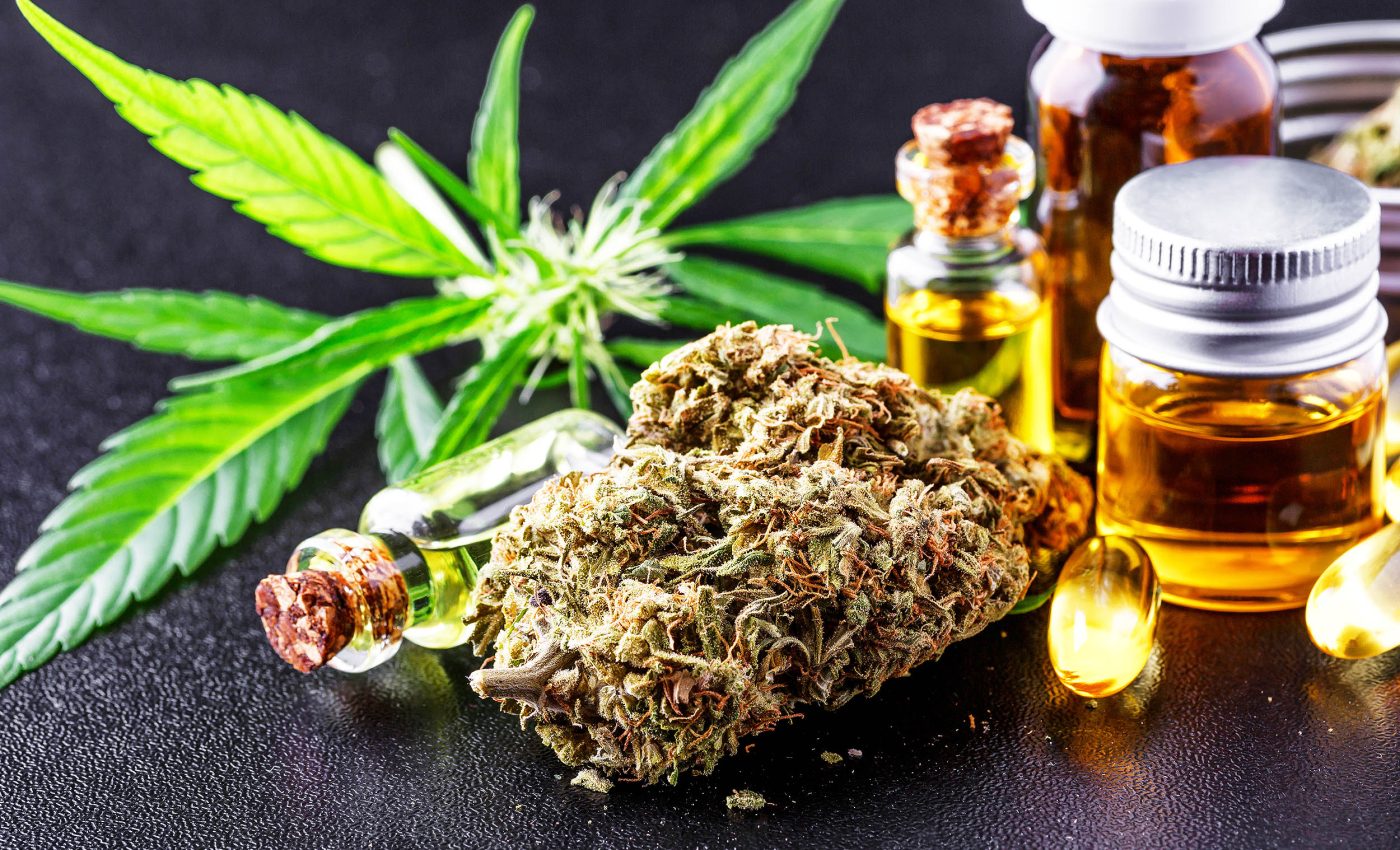
Legal access to cannabis is proving to be good for both the users and society as a whole
Cannabis remains the most used illicit drug on the planet, with an estimated 219 million adults consuming it in 2023.
A fresh report from Switzerland now suggests that giving existing users a safe, legal supply may trim the edge off risky habits rather than encourage them. The findings come from the six‑month Weed Care randomized trial run in Basel.
Dr. Lavinia Baltes‑Flückiger, deputy head of the study at Psychiatric Services Aargau, helped steer the project alongside colleagues from the University of Basel and local health agencies.
Taking cannabis into pharmacies
Switzerland still bans recreational sales of cannabis nationwide.
Basel, however, received a federal waiver on January 30, 2023, allowing 189 adult volunteers to buy measured, contaminant‑free flower or hash in nine pharmacies, while a matched control group kept using street sources.
The design mirrors real‑world retail but strips out slick marketing, price wars, and high‑potency gimmicks that dominate some commercial markets.
Investigators registered every legal purchase and offered brief counseling at the counter. Keeping over‑the‑counter talk focused on lower‑risk use also echoes Canada’s public‑health model.
What makes use “problematic”
Researchers tracked changes with the Cannabis Use Disorders Identification Test–Revised, a short checklist of behaviors that signal harm, even when full cannabis use disorder is absent.
Heavy users face up to a one‑in‑three lifetime risk of that disorder, according to a meta‑analysis of 21 cohort studies.
Scores above 13 suggest dependency, but smaller shifts still matter. Cutting just two points on the scale is considered clinically meaningful and can translate into fewer missed obligations, less time chasing the drug, and lower tolerance.
Early numbers favor legal cannabis
“There has never been a controlled, randomized study like this before,” said Baltes‑Flückiger, the study’s lead author.
After half a year, the legal group’s average misuse score slipped by 0.8 points, while the illegal group barely budged.
Among participants who also used other illicit drugs, the legal pathway slashed scores nearly two points, marking the threshold for a “reliable change.”
“Legal access eases the burden on consumers,” added Professor Marc Walter of the University of Basel, underscoring that the regulated approach did not boost depression, anxiety, or psychotic symptoms at interim check‑ins.
Mental health concerns remain steady
Worries that legal access might worsen mood or trigger psychosis often dominate public hearings.
A 2024 scoping review covering 28 North American studies found mixed and mostly null links between recreational laws and psychiatric outcomes.
The Swiss data echo that broader picture: neither group showed significant shifts in depression or anxiety scales, and psychotic‑like experiences stayed flat.
Critics may note the short follow‑up, yet the absence of early harm offers some reassurance.
Polydrug users benefit from legal cannabis
Why did people juggling multiple substances respond best?
Easy pharmacy access saved them the effort of hunting down street dealers, trimming time spent “getting, using, or recovering,” one of the test’s key items.
Reduced hustle can free attention for work, study, or family, all protective factors against escalating misuse. Counseling handed out at each sale likely helped too.
Staff trained on Canada’s Lower‑Risk Cannabis Use Guidelines reminded buyers to favor products under 20 percent tetrahydrocannabinol and balance them with cannabidiol‑rich strains, choices linked to milder cognitive effects.
Quiet rebuttal to gateway fears
The trial saw no uptick in alcohol days or other drug use inside the legal arm, challenging the long‑held idea that a sanctioned market pulls people toward wider intoxication.
Twenty‑four U.S. states now allow adult possession, yet nationwide surveys show flat or only modest rises in heavy use since the first state referendum in 2012.
Policy researchers often point out that the devil lies in the details. Switzerland capped monthly sales at about 0.35 ounces of pure THC, required organic cultivation, and banned all advertising.
Those guardrails differ sharply from the profit‑driven dispensary scene common in parts of the United States and may explain the modest but positive shift.
The future of legal cannabis access
All volunteers now have legal access through July 2025, giving the team a two‑year window to track long‑term patterns.
Parallel studies in Canada report slight bumps in overall consumption but, interestingly, equal or lower misuse scores after five years of legalization.
Future analyses will need to weigh market structure, potency limits, pricing models, and education campaigns.
If results stay consistent, lawmakers elsewhere could consider legal cannabis sales through pharmacies or non‑profit social clubs as middle‑ground options between prohibition and full commercialization.
For regular consumers worried about slipping into harmful patterns, the Swiss experience offers a practical lesson.
Access to tested products, honest labeling, and low‑key advice can chip away at risky behavior without demanding total abstinence.
Public‑health‑oriented legalization is not a silver bullet, but it may give heavy users a safer runway to moderation.
The study is published in Addiction.
—–
Like what you read? Subscribe to our newsletter for engaging articles, exclusive content, and the latest updates.
Check us out on EarthSnap, a free app brought to you by Eric Ralls and Earth.com.
—–













